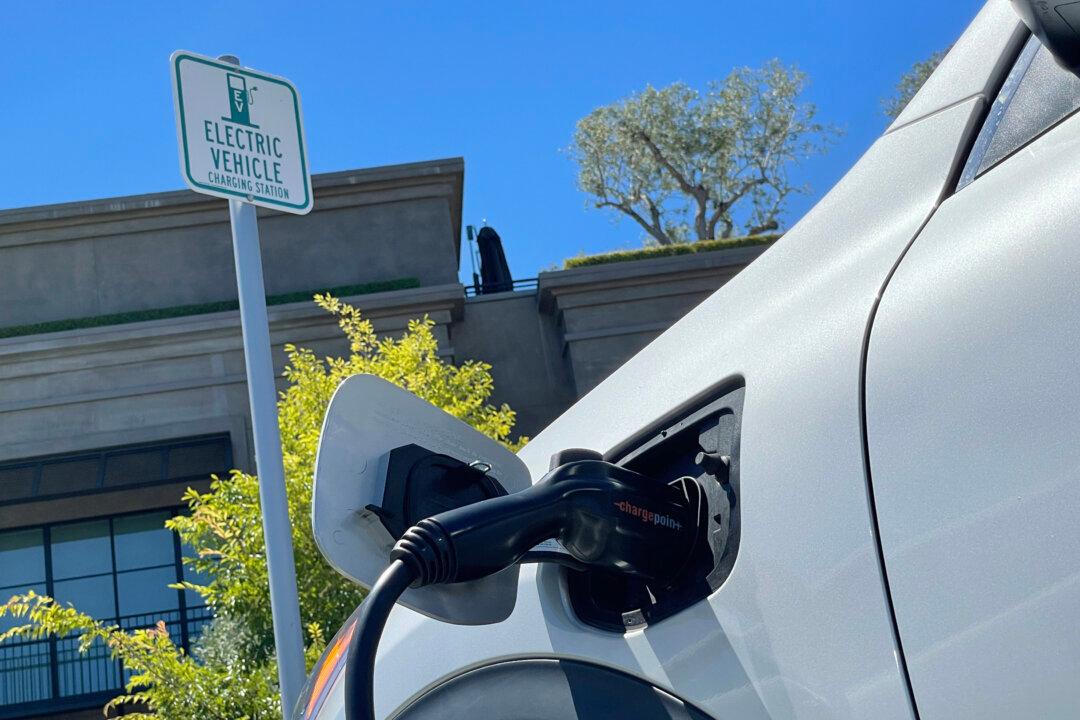News Analysis
Although electric vehicles hit another sales record, high production costs and a dwindling new customer base have spawned increasing corporate losses, forcing electric vehicle (EV) makers to scale back on their plans to expand the market. Some experts believe that these problems are a result of government interference in the business of industrial policy.





